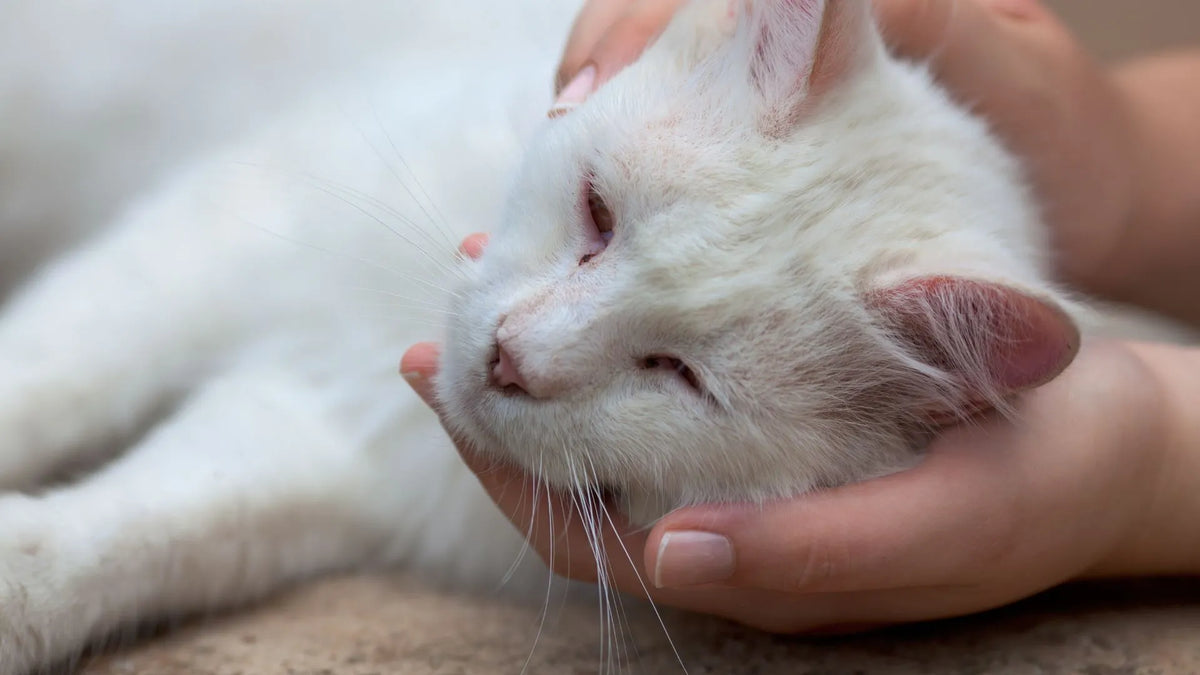In 24 cities

Feral Cats Uncovered: What Every Loving Pet Parent Should Know
|
|
Time to read 7 min
Enter pincode
Please enter a valid pincode Enter the pincode to check delivery date
Enter the pincode to check delivery date
Help us ensure a smooth delivery
SIZE GUIDE
|
|
Time to read 7 min
Feral cats are often a misunderstood aspect of our feline friends' world. If you’ve ever seen a cat roaming outdoors, you may have wondered if it needs help or if it's simply living its life as a free spirit. Understanding the behavior and needs of feral cats can help you make informed decisions and provide the right support when necessary.
Feral cats are essentially wild cats that have had little to no contact with humans. Unlike stray or lost cats, feral cats are typically born and raised outdoors, and they often exhibit fear or distrust of people. While some feral cats can become socialized and learn to trust humans, most prefer to maintain their distance and live independently.
Understanding the distinctions between feral and stray cats is crucial in determining how best to assist them. Here are the key differences:
Understanding whether a cat is feral or friendly helps you decide whether to intervene. For feral cats, intervention might involve contacting local TNR programs to manage their population. For friendly cats, you might need to take steps to help reunite them with their families.
Encountering a feral cat can be a tricky situation, but there are steps you can take:
If the cat appears healthy and is keeping its distance, it may be best to leave it alone. Feral cats are often skilled survivalists and can thrive in their environment. If the cat is ear-tipped, it’s a good sign that it has already been part of a TNR program.
If the feral cat doesn’t have an ear tip and seems in need of help (showing signs of illness or injury), contact local animal shelters or rescue organizations. They can provide resources on TNR programs and other assistance.
If a cat appears friendly and approachable, consider these steps:
Look for a collar with tags, which may contain the owner's contact information. If the cat does not have a collar, consider taking it to a local veterinarian or shelter for a microchip scan. Many cats have microchips that can help reunite them with their families.
Provide fresh water and a small amount of food if the cat seems hungry. It's important not to overwhelm the cat with food if it appears healthy, as it may already have a source of nourishment.
If you’re able to bring the cat inside, create a calm environment with a hiding spot, food, water, and a litter box. Ensure it’s a quiet area where the cat can feel secure. Keep your pets separated until you can ensure the new cat is healthy and free of parasites.
Take a clear photo of the cat and share it on social media, local neighborhood apps, and community bulletin boards. There are many platforms for lost pet announcements where you might find the cat’s family.
Once you’re able, take the cat to a veterinarian for a thorough check-up. The vet can scan for a microchip and assess the cat’s health. They can also provide insight into the cat’s age, gender, and overall condition.
As a loving pet parent, the thought of your cat getting lost can be devastating. Here are some tips to help prevent that from happening:
If you allow your cat outside, consider using a leash and harness or building a secure catio. This way, your cat can enjoy the outdoors while remaining safe.
Every cat should be microchipped, including indoor-only cats. Microchipping is a simple procedure that can significantly increase the chances of being reunited if they ever go missing.
Use a breakaway collar with an ID tag to ensure your cat can be identified if found. Breakaway collars are designed to release if caught on something, preventing choking or injury.
Trap-Neuter-Return (TNR) is a humane method of managing feral cat populations. These programs involve trapping feral cats, spaying or neutering them, and then returning them to their outdoor homes. TNR helps reduce the number of kittens born each year and ensures that feral cats can live healthy lives without contributing to overpopulation.
If you come across a feral cat, there are several compassionate ways to offer help without forcing interaction. Here’s how you can make a positive impact:
Feral cats are an important part of our ecosystem, deserving of compassion and care. By understanding their unique challenges and learning how to help, we can create a more humane world for these animals. Whether you’re providing food, supporting TNR efforts, or simply spreading awareness, every action counts.
At Supertails, we believe in nurturing the bond between humans and animals, whether they’re inside your home or roaming outside. Together, let’s continue to be advocates for all cats, ensuring they receive the kindness and respect they deserve. After all, every cat has a story, and with a little understanding, we can all play a part in their journey to a better life.
1. How can I tell if a cat is feral?
Look for signs of fear or avoidance. Feral cats usually keep their distance and may hide when approached.
2. Can feral cats be domesticated?
Some feral cats can become friendly with time and patience, but many are best suited to live independently.
3. What should I do if I find a sick feral cat?
Contact a local rescue organization for advice on trapping and getting the cat medical help.
4. How can I help feral cats in my community?
Support or volunteer with TNR programs to help manage feral cat populations humanely.
5. What food should I offer to a stray or friendly cat?
Provide high-quality cat food. Avoid giving dairy products, as many cats are lactose intolerant.
2 item in cart
₹10,360

